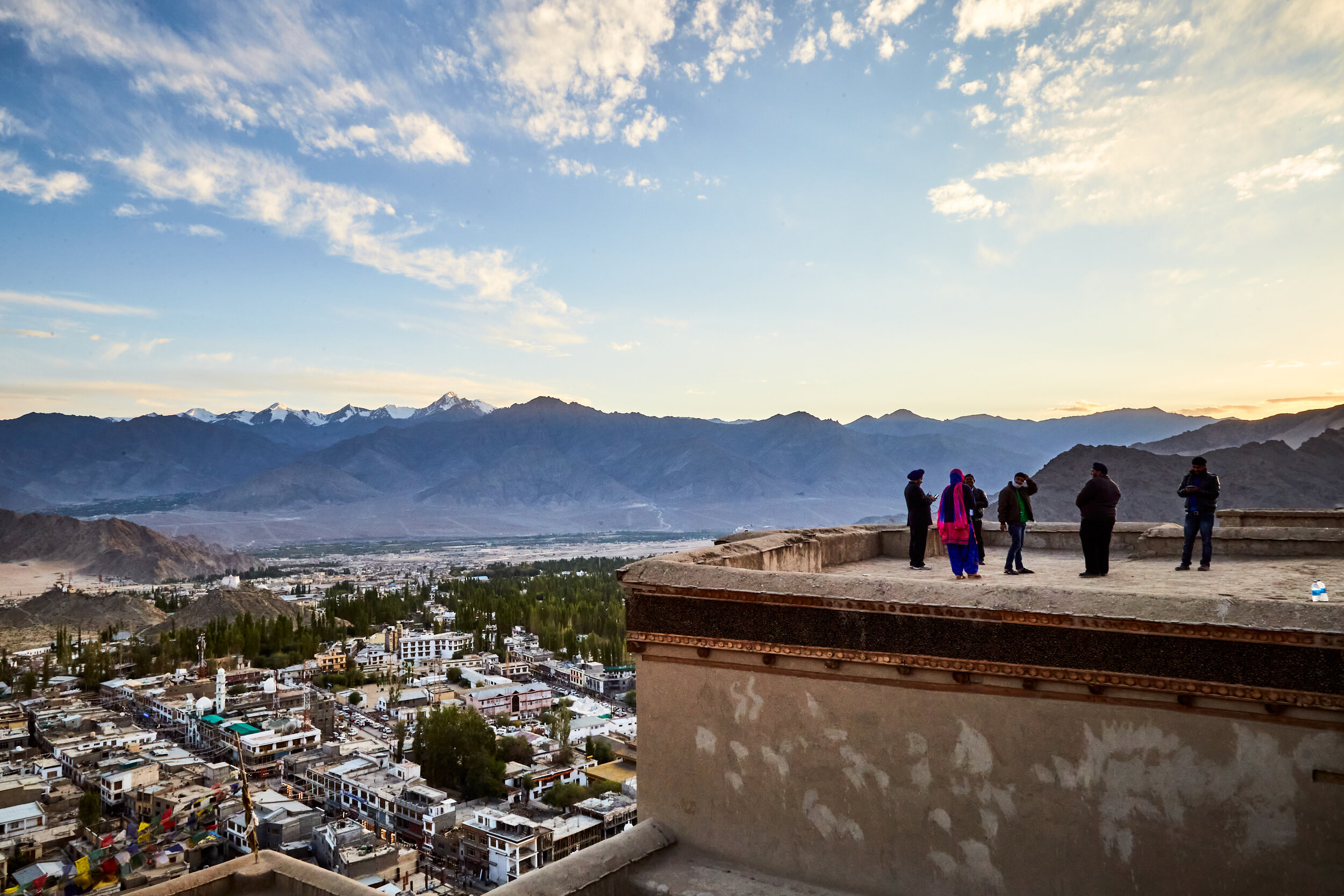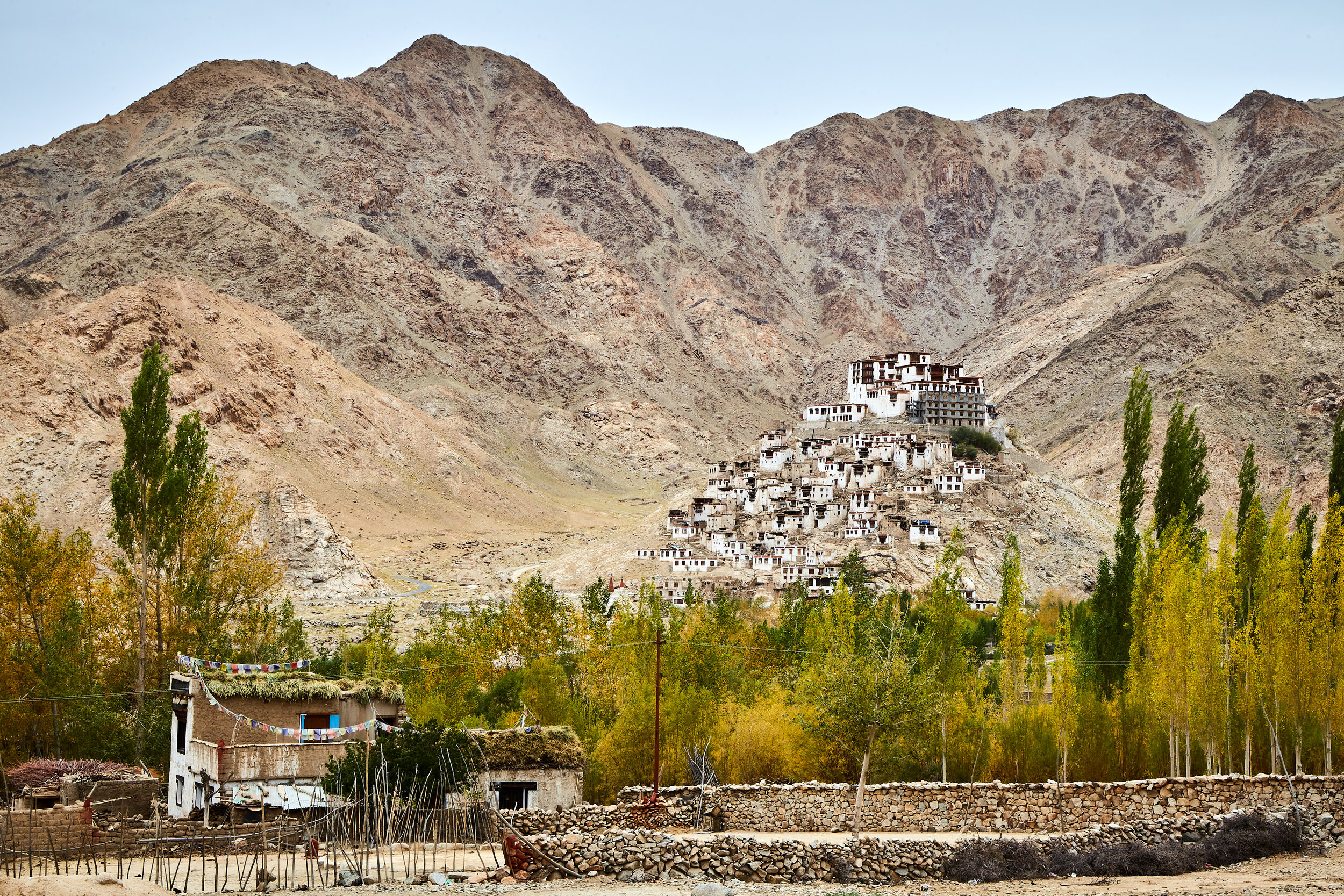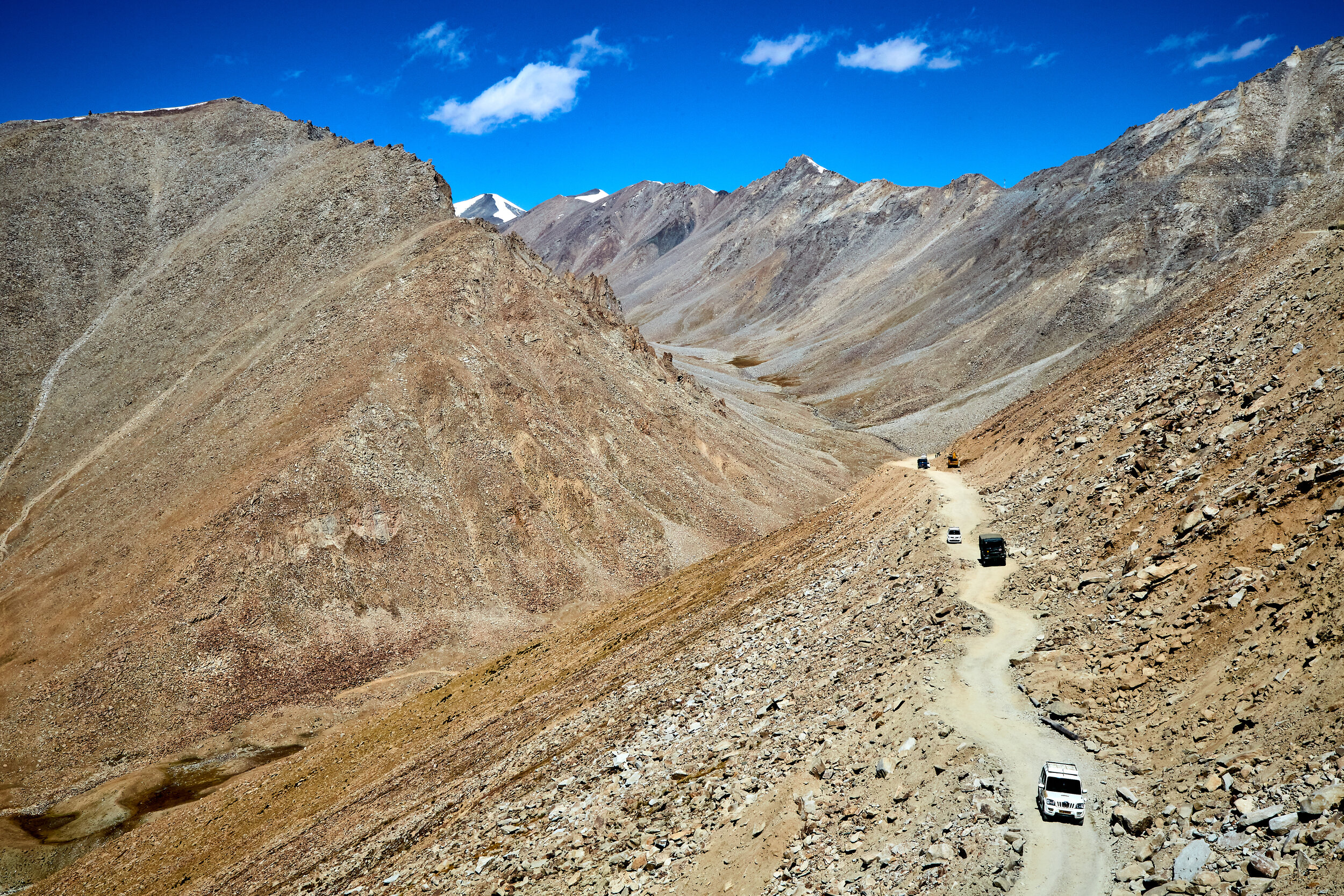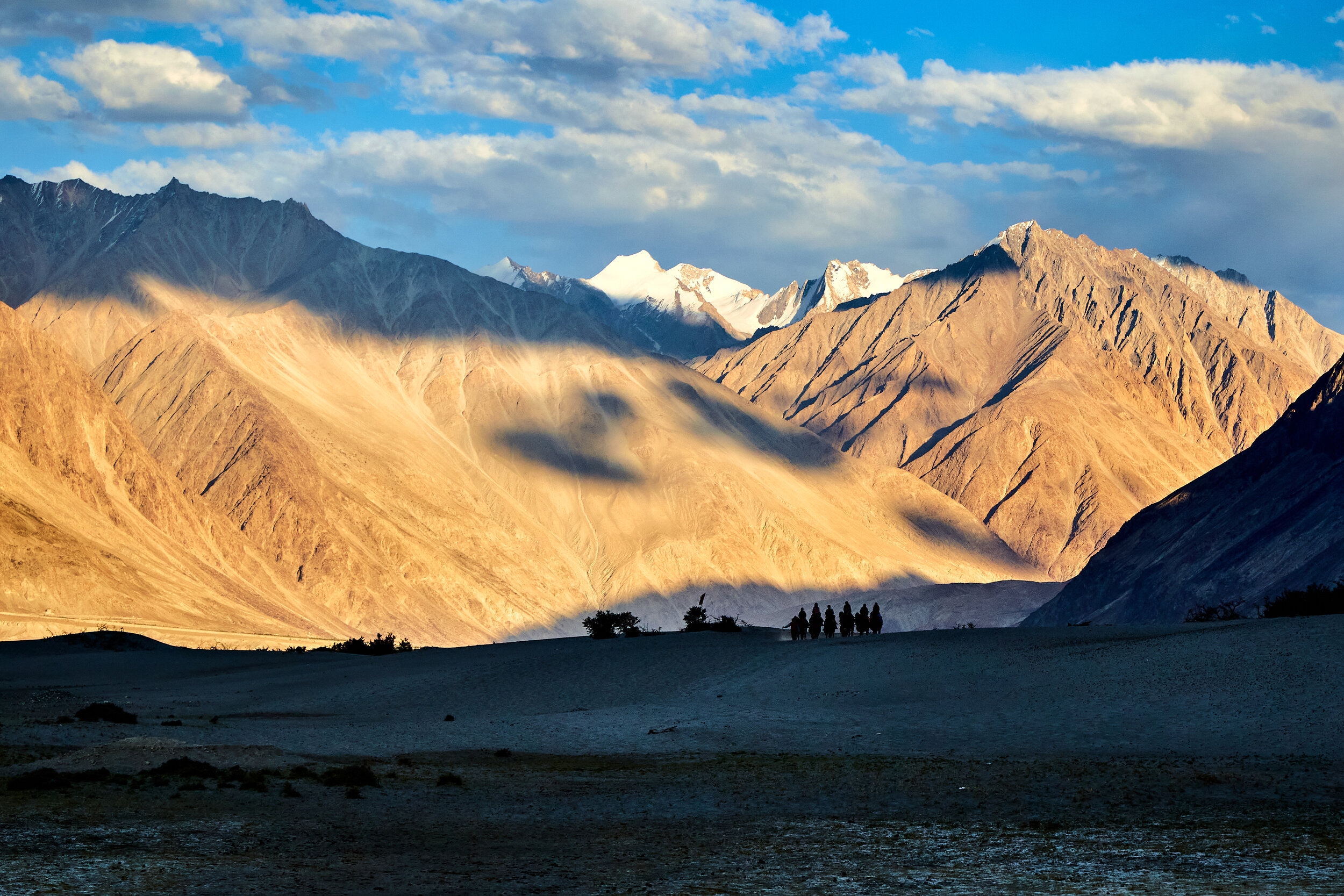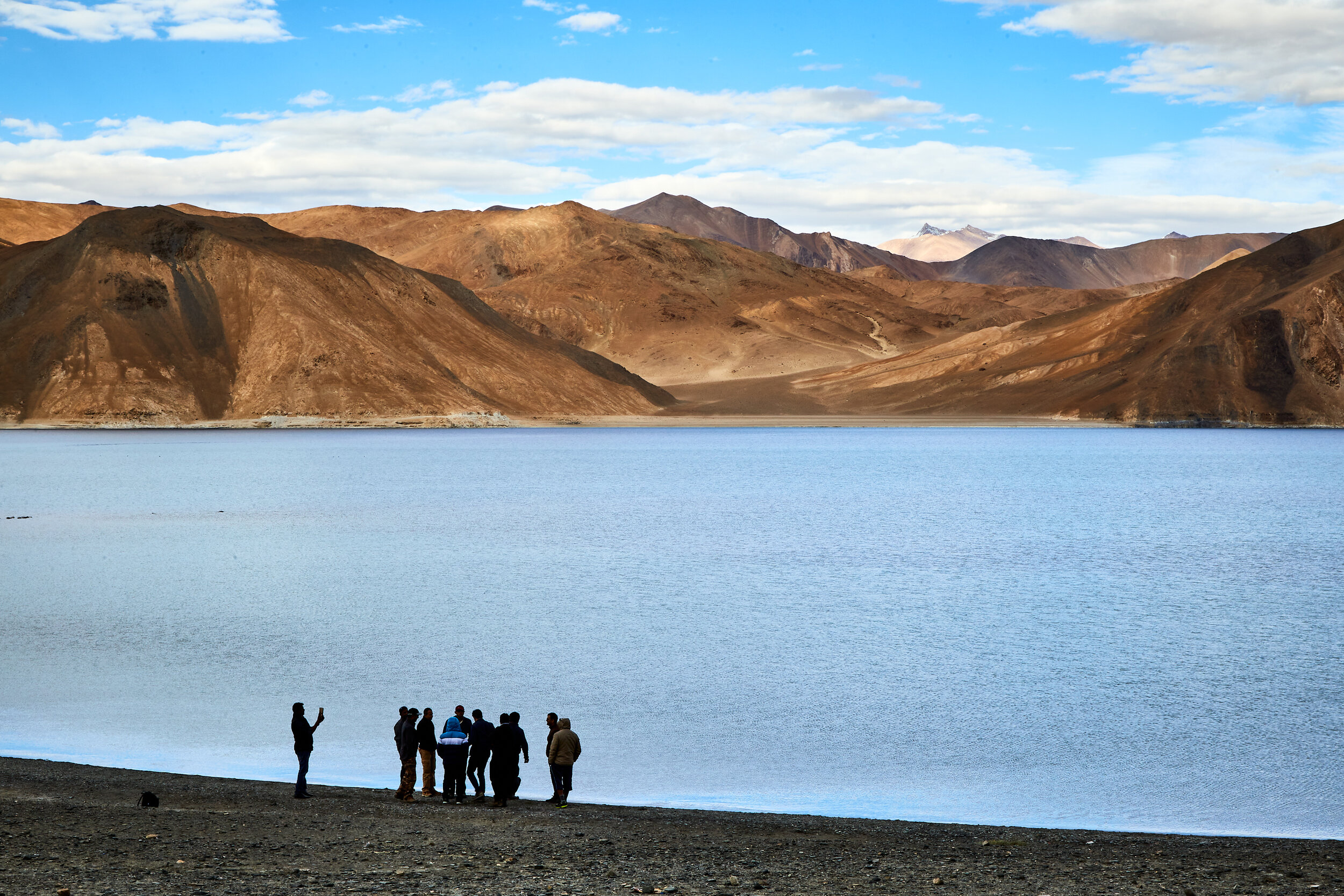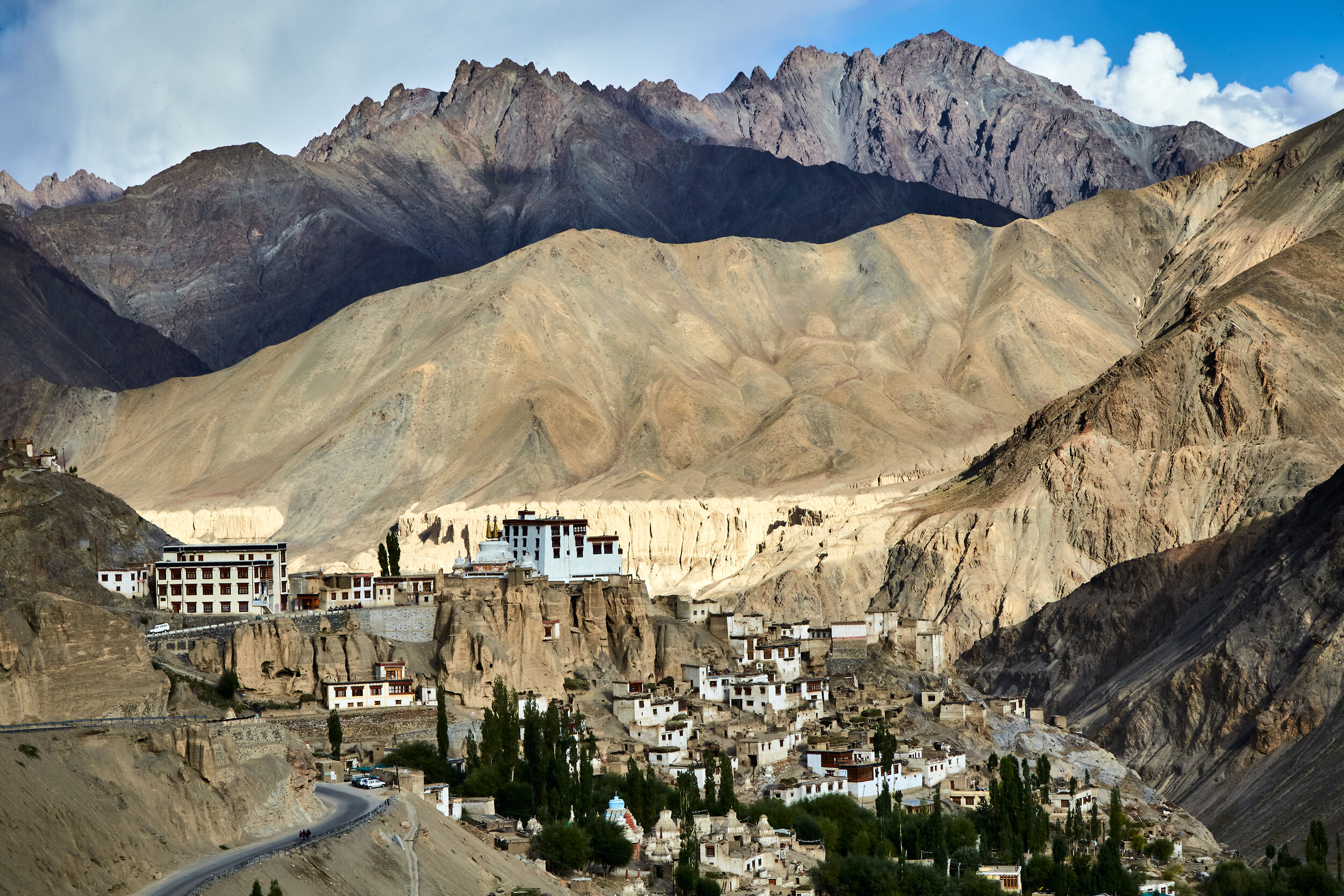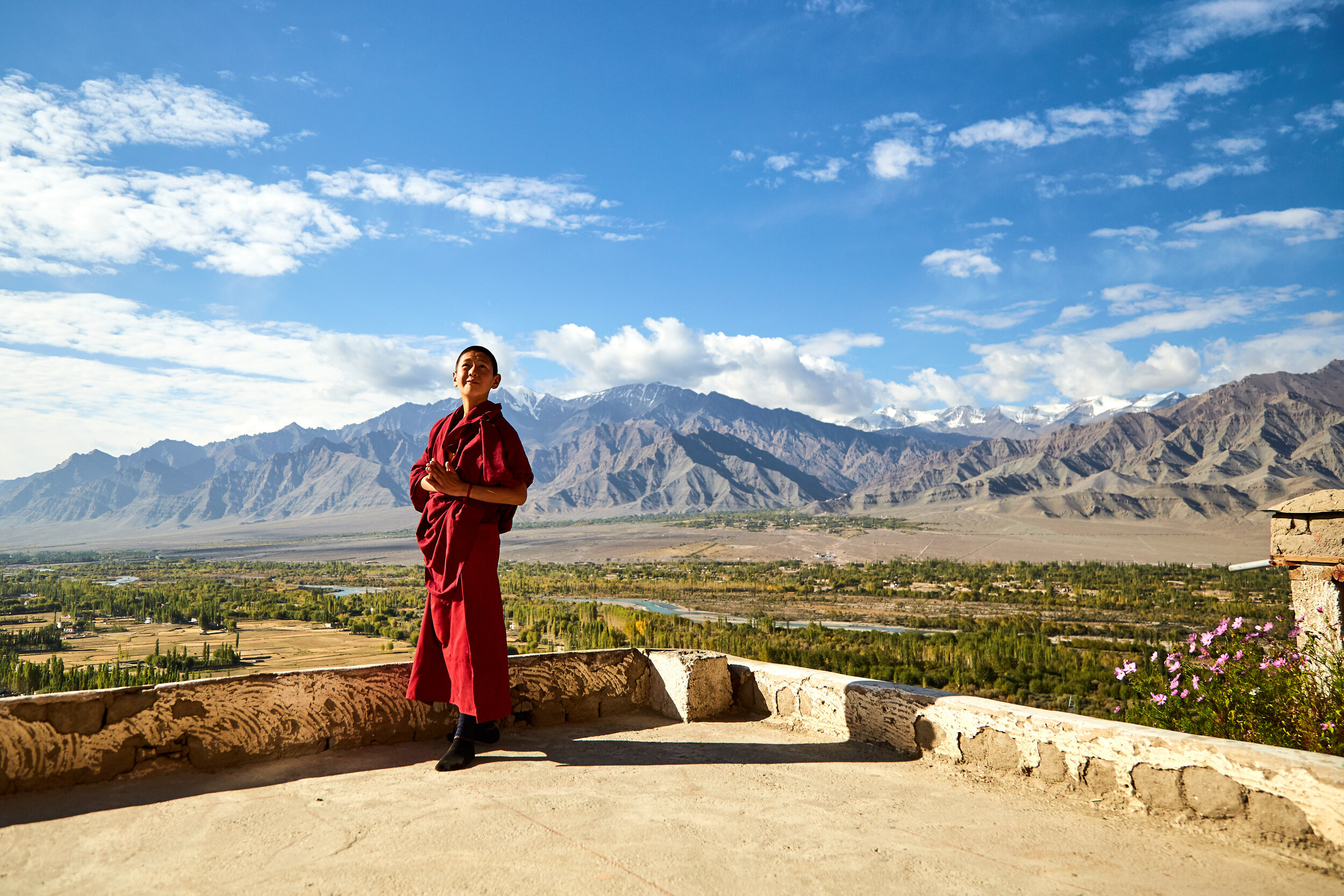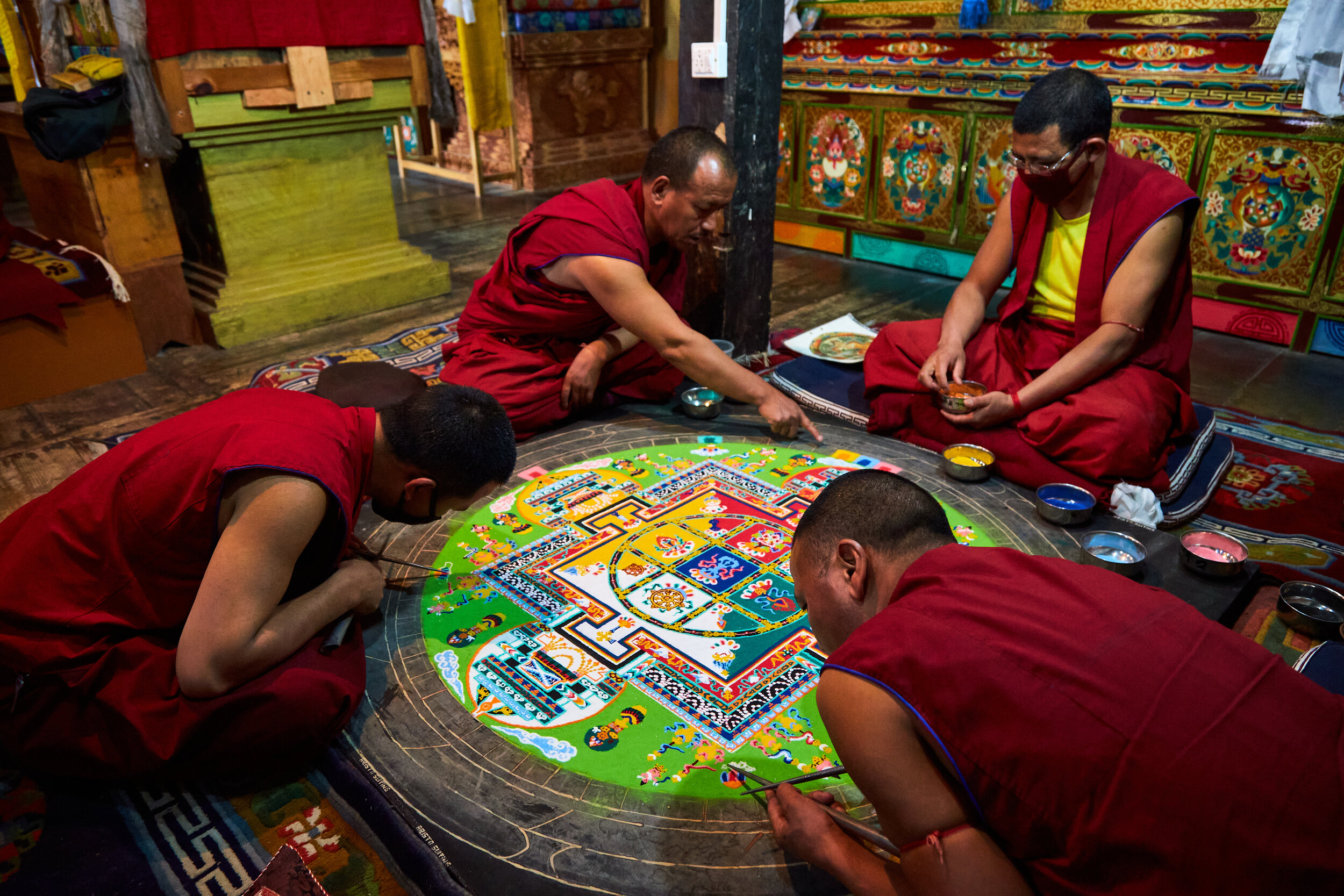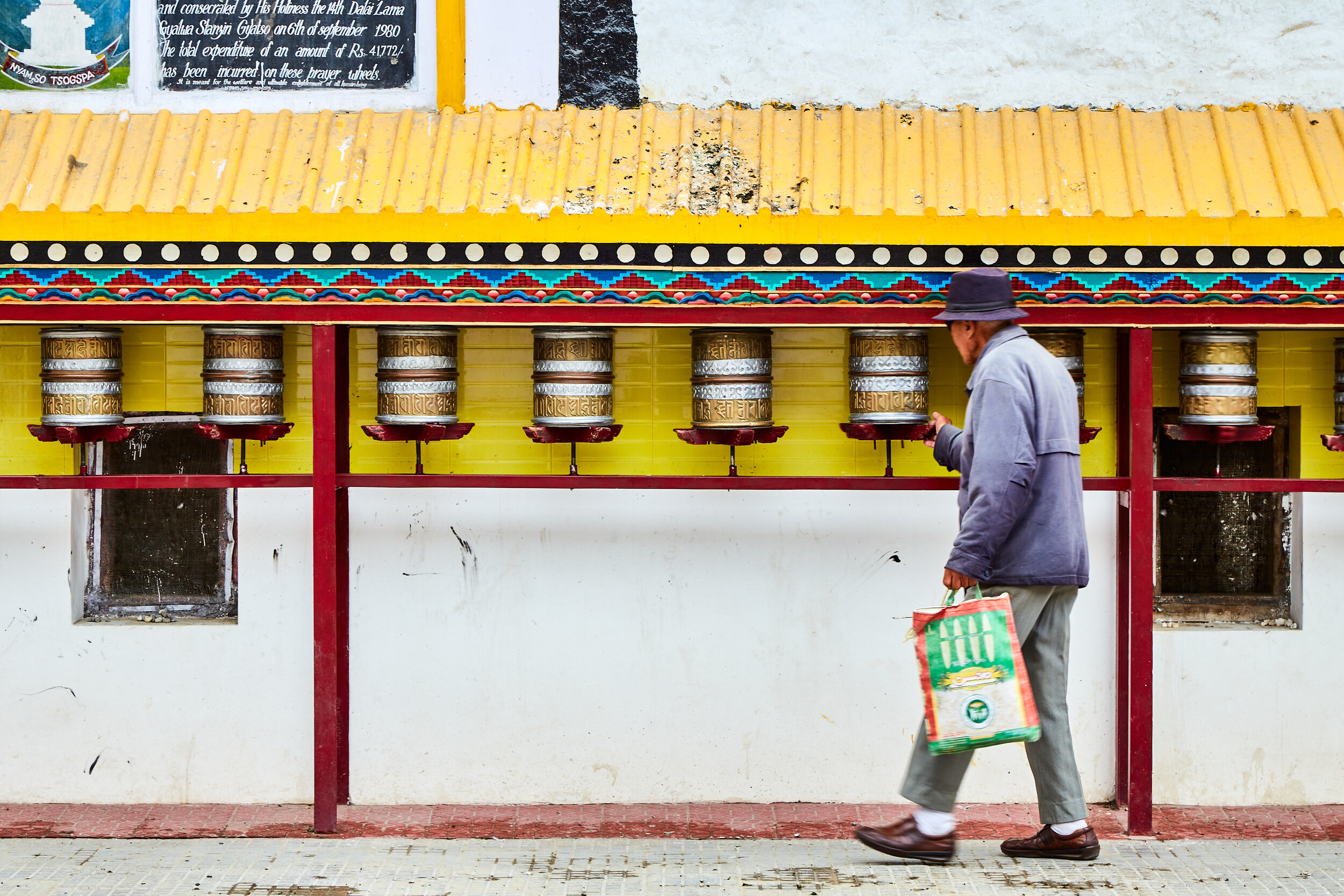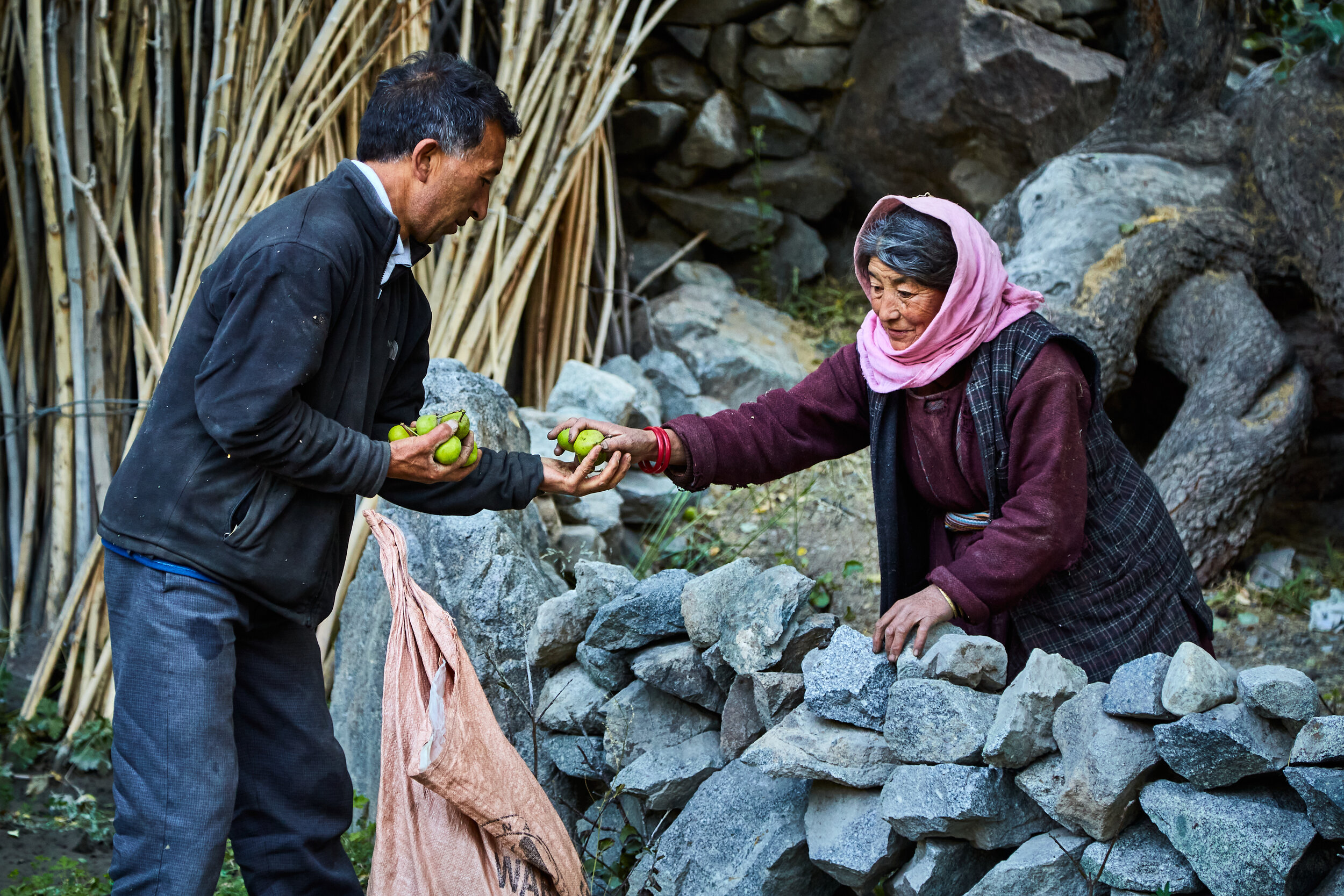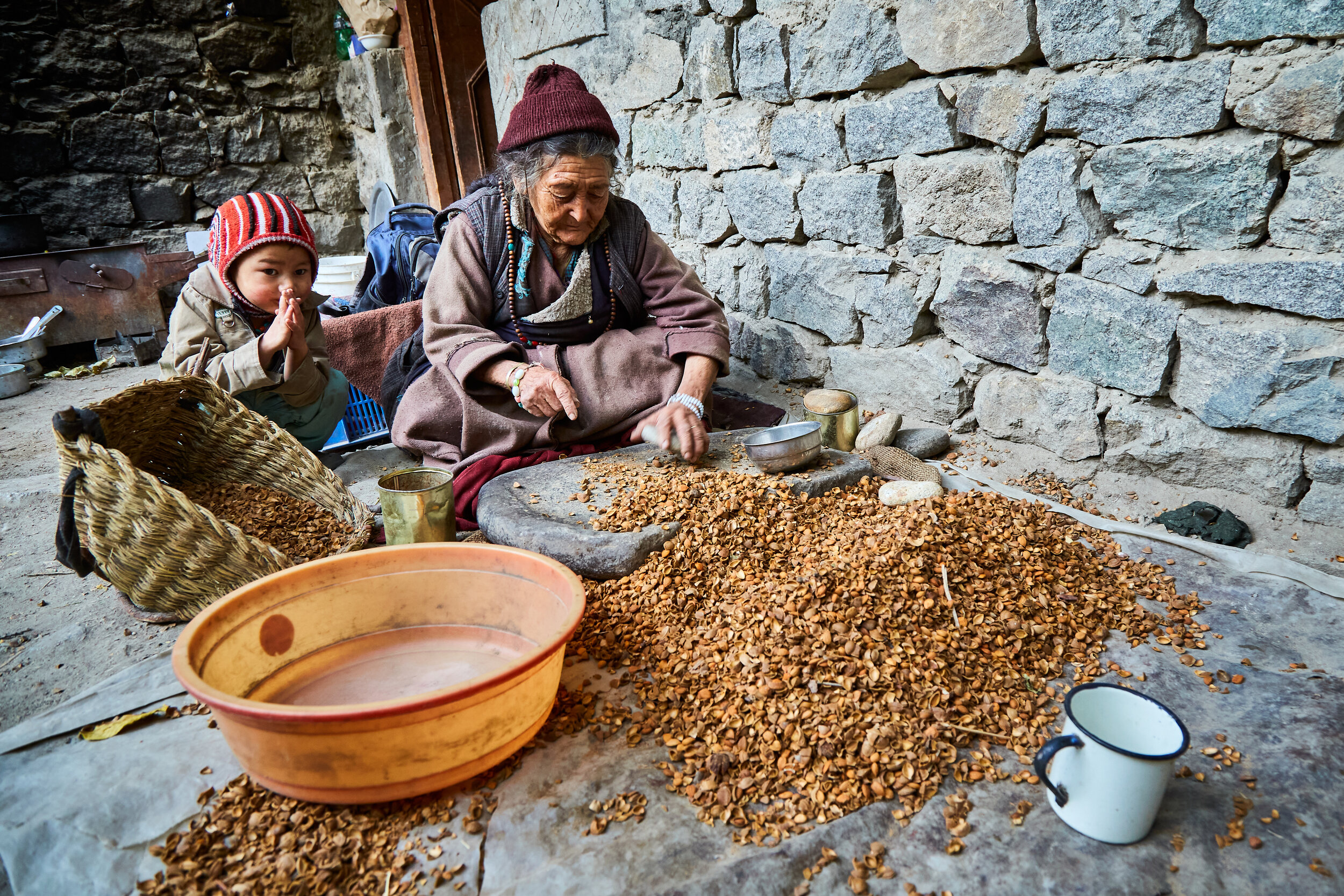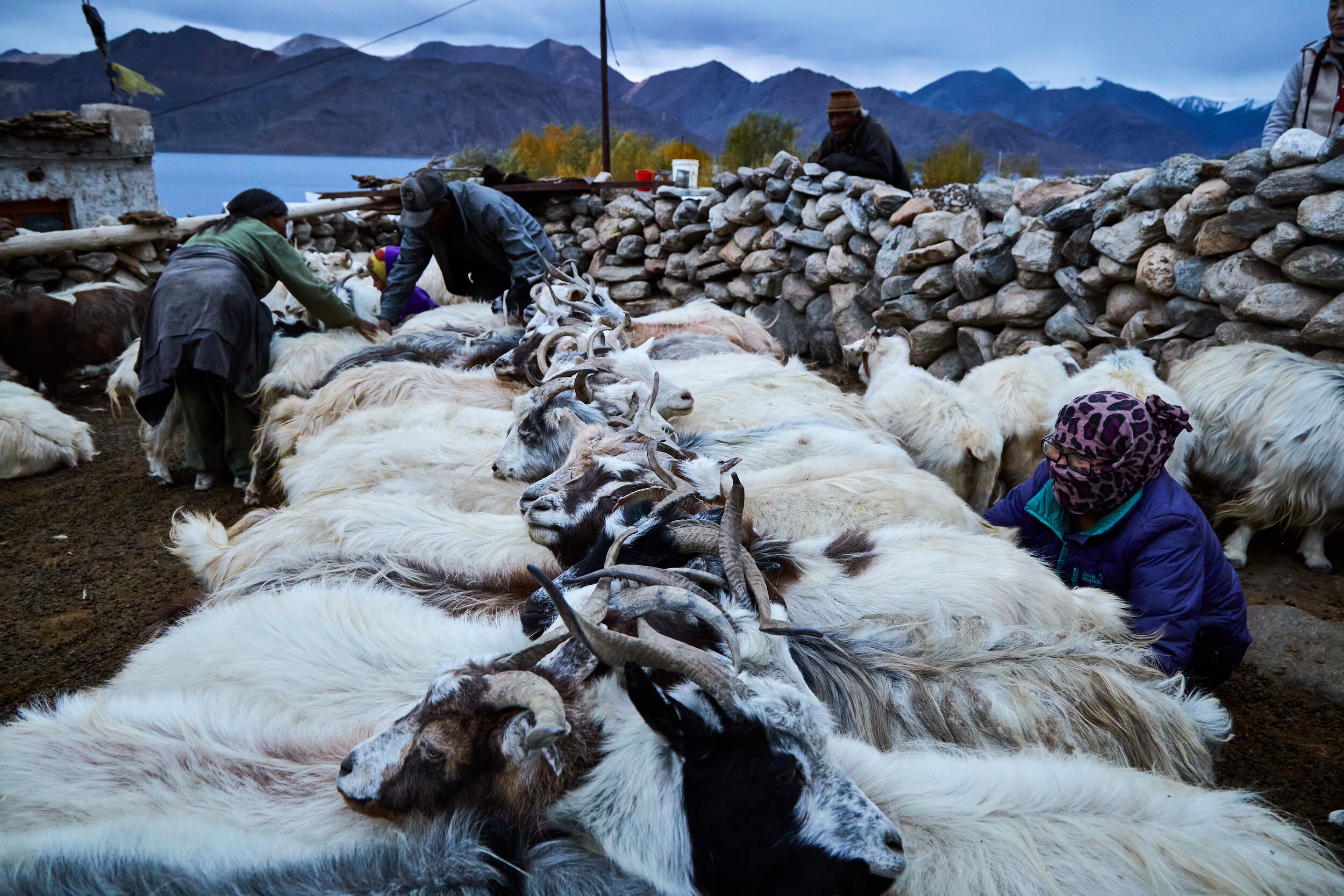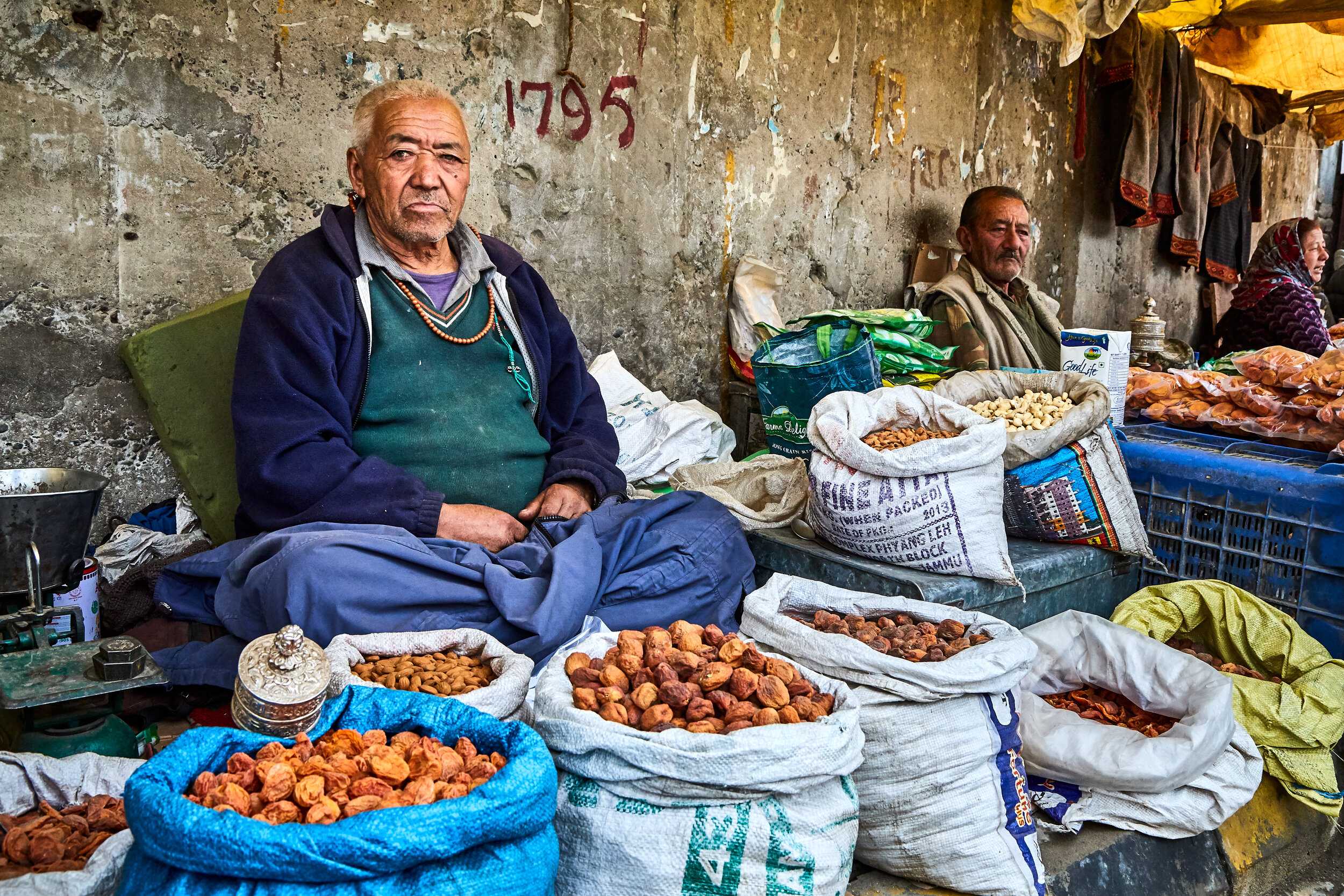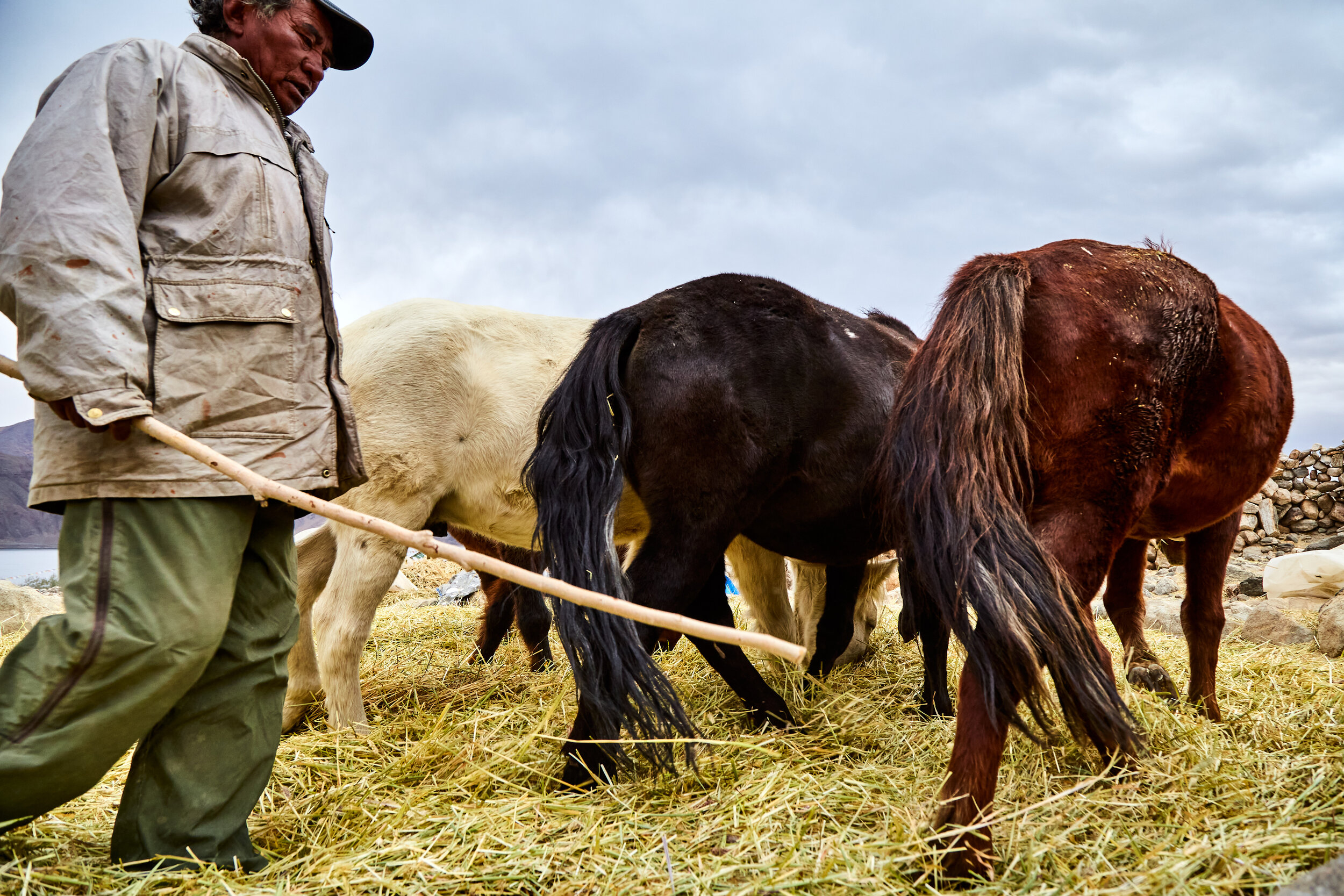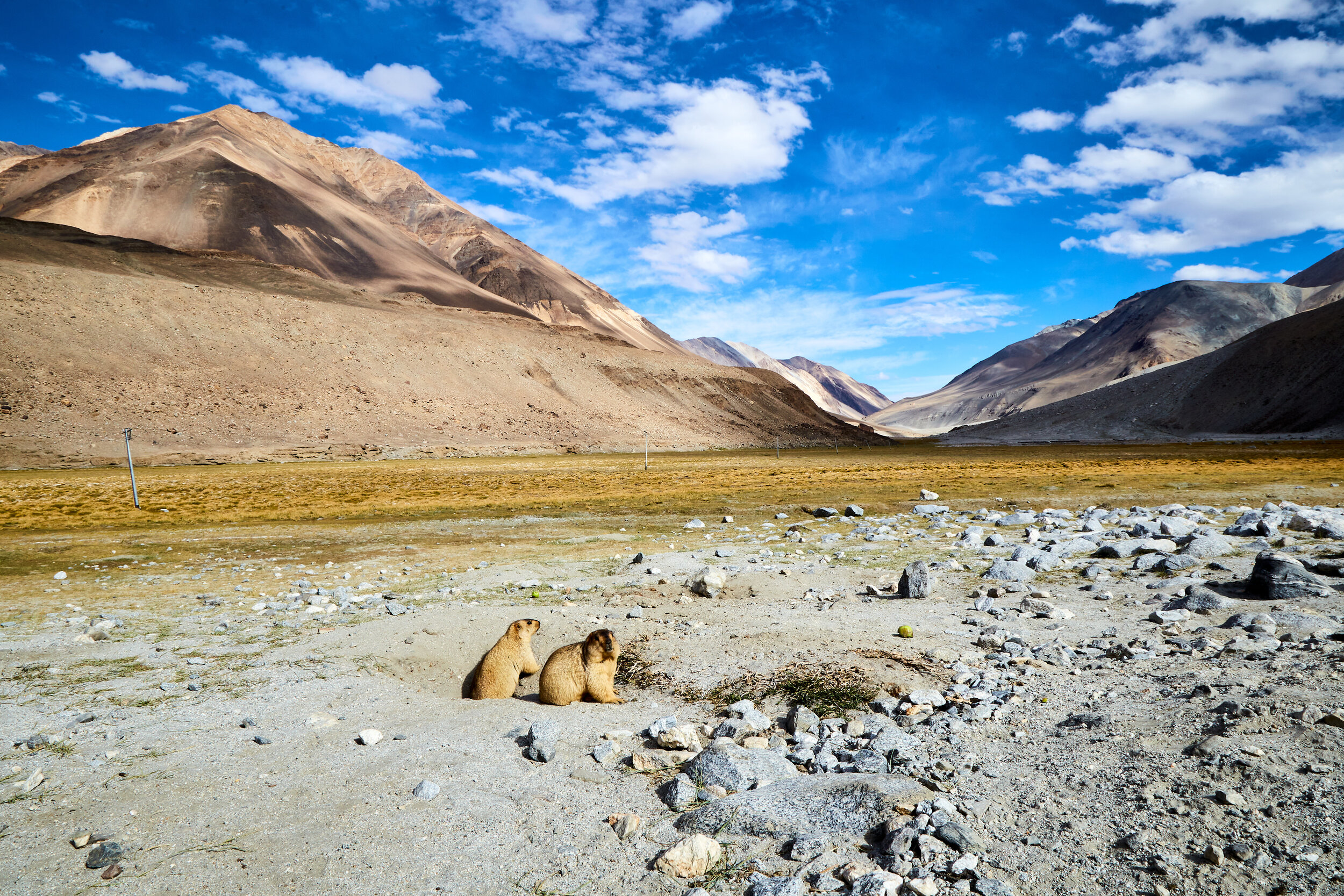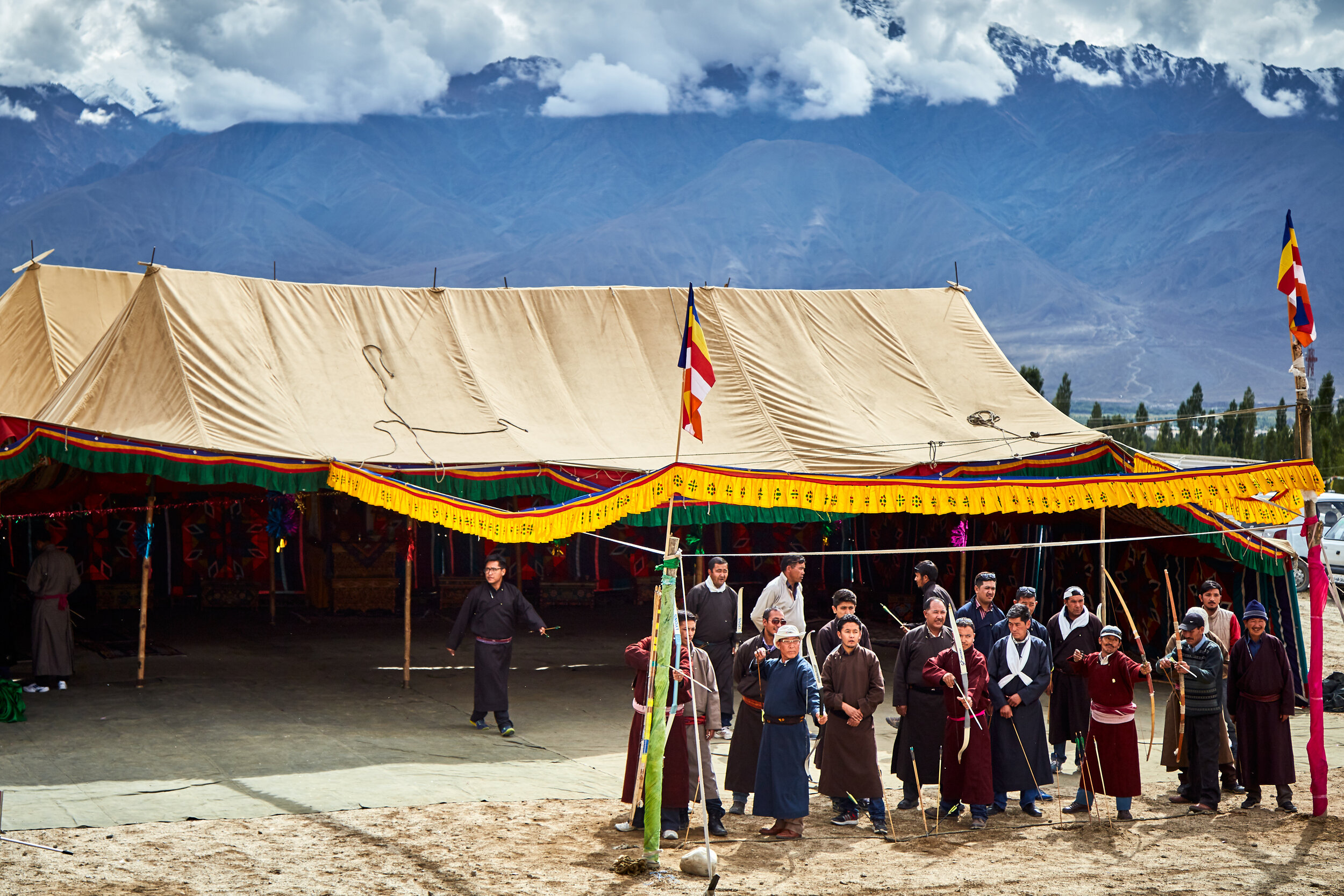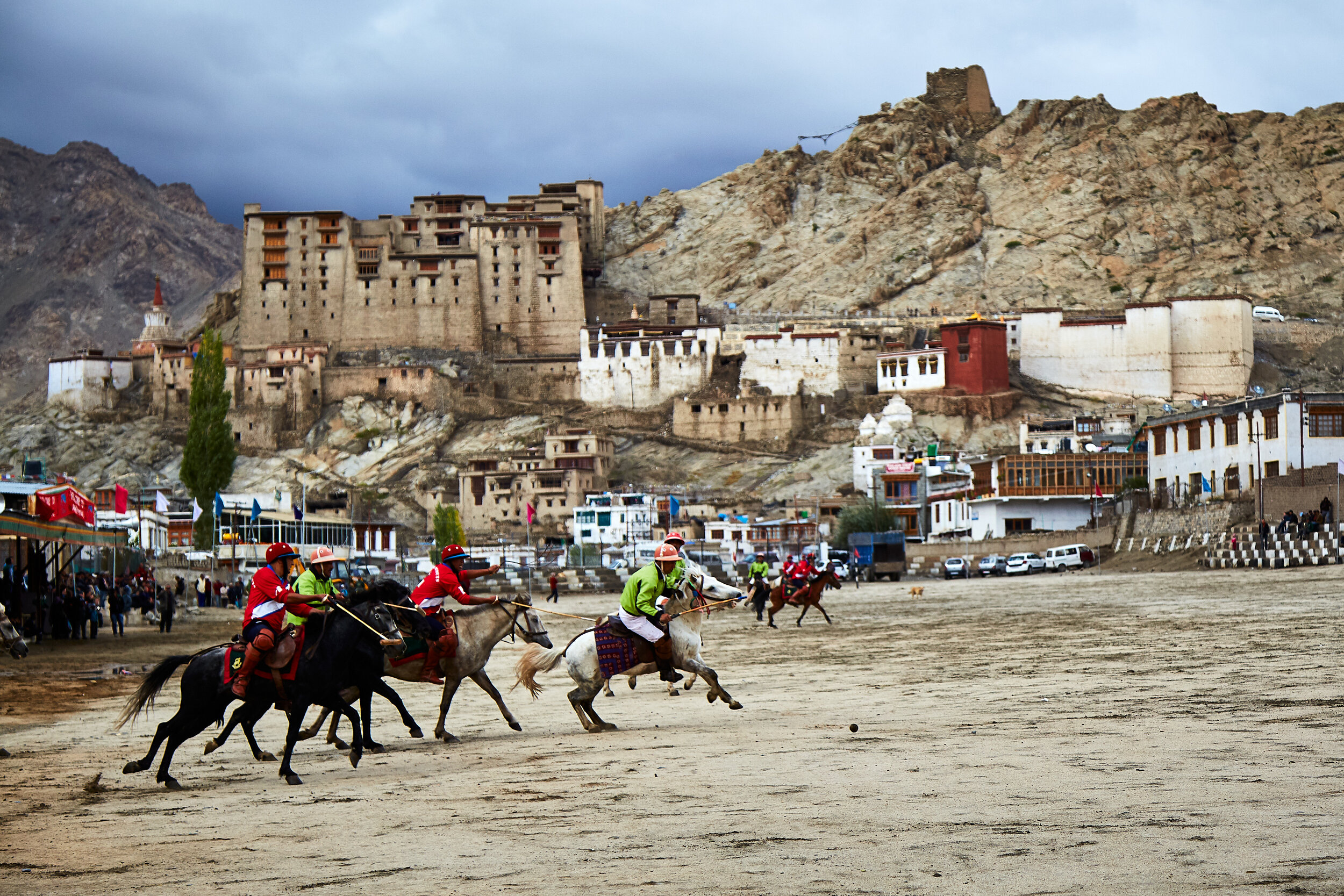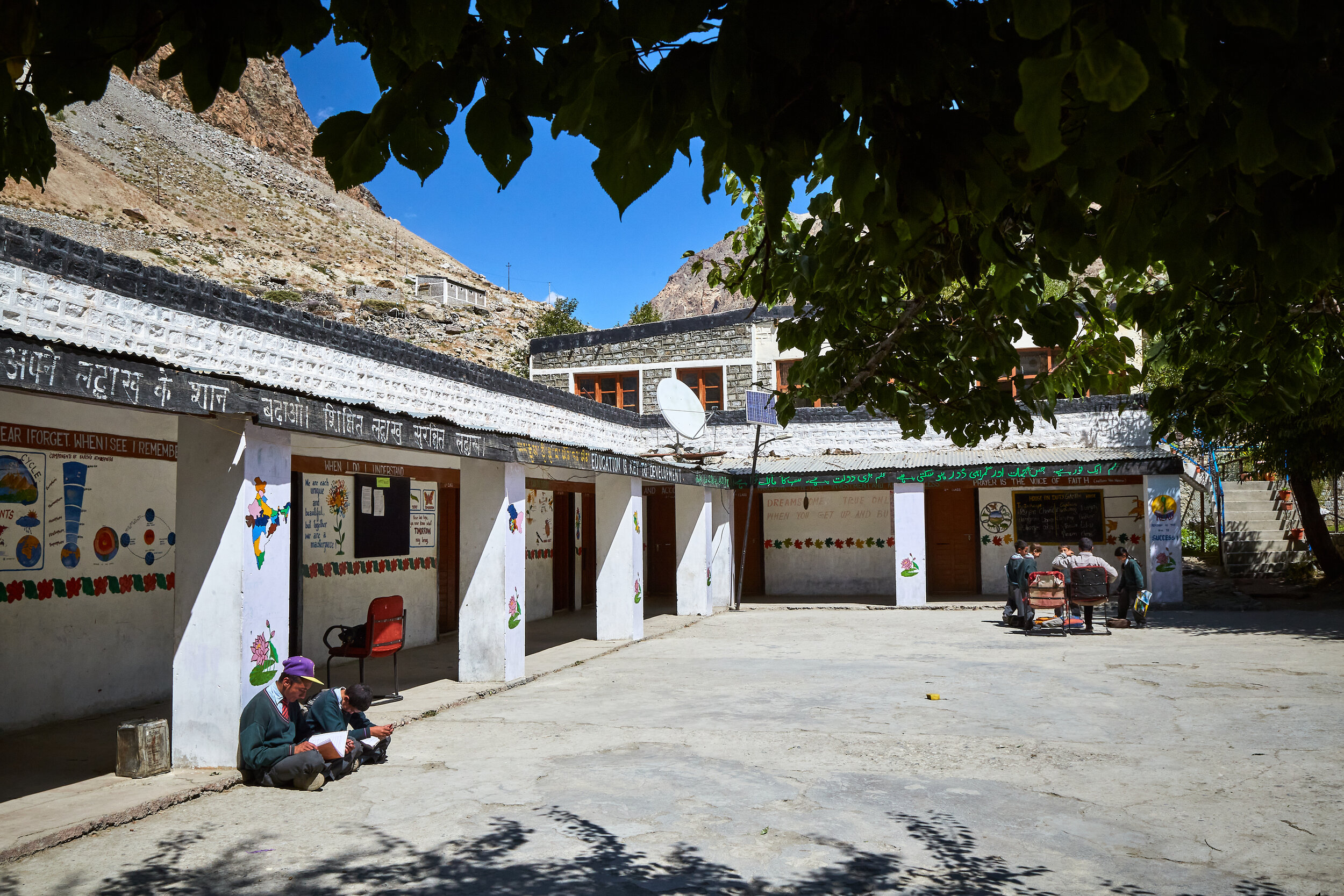Ladakh- An overview
Ladakh is the highest plateau and a union territory in India, with a history dating back to neolithic times. With the bordering Pakistan, China, and Tibet autonomous region, Ladakh was part of the ancient silk route and is currently a center point of the Indo-China border disputes. Nevertheless, the area is quite famous for its cultural and ecological abundance, which led to its recent tourism boom.
The rough Himalayan terrain essentially divides this region into tiny fragments of villages with their own traditions and beliefs depending on their neighboring countries. It takes a long, strenuous drive to reach most villages through the narrow roads and hairpin bends, with occasional sights of vehicles fallen to their demise.
It is a place of significant geopolitical significance. Pangong Tso to the east is a disputed territory where India and China compete on ownership and recently was under the spotlight over the clashes between both troops. Kargil, to the west, is known for the great battles between India and neighboring Pakistan. In places like Nubra valley, a part of the ancient silk road, most dwellings are now being converted into homestays and B&Bs.
The scenic beauty of the region, ancient traditions, and exciting road trips made this region a popular tourist destination, and with this, the landscape is changing forever. With the influx of tourists, most areas, including remote villages, are now being converted into tourism hubs. Meanwhile, the elusive snow leopards in the vast plains are threatened by poaching, loss of habitat due to climate change, and animal husbandry.
